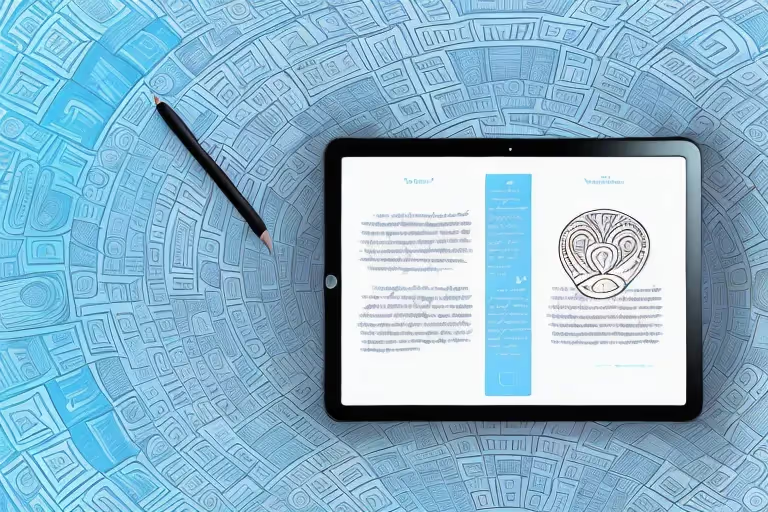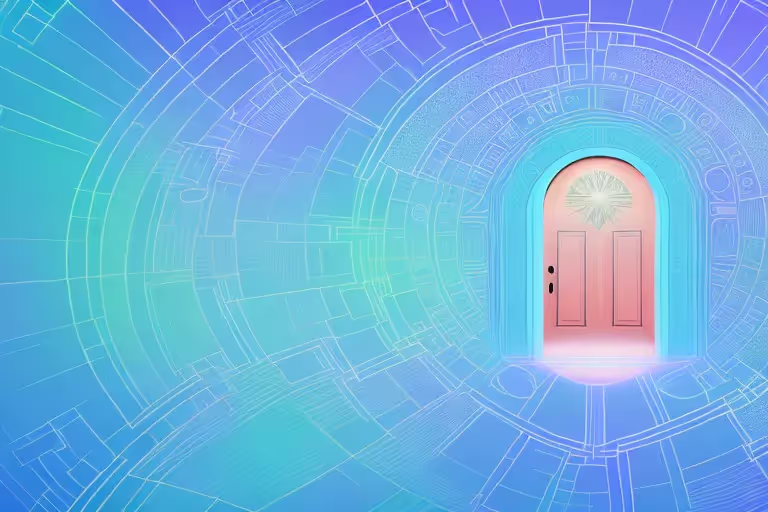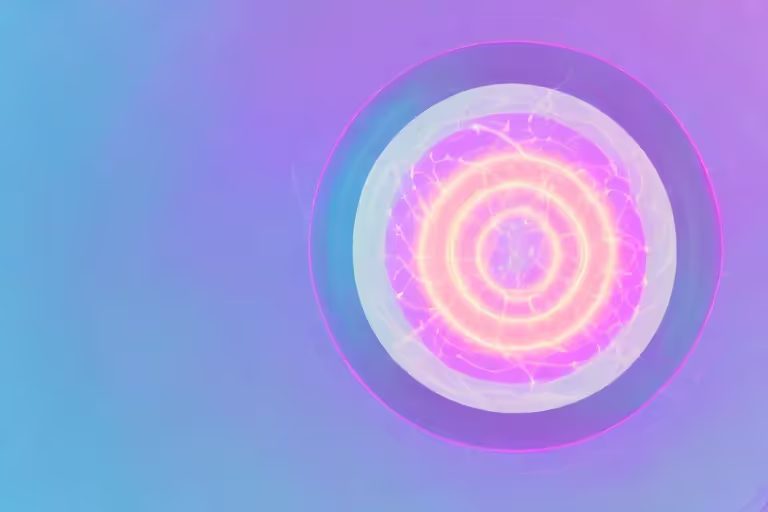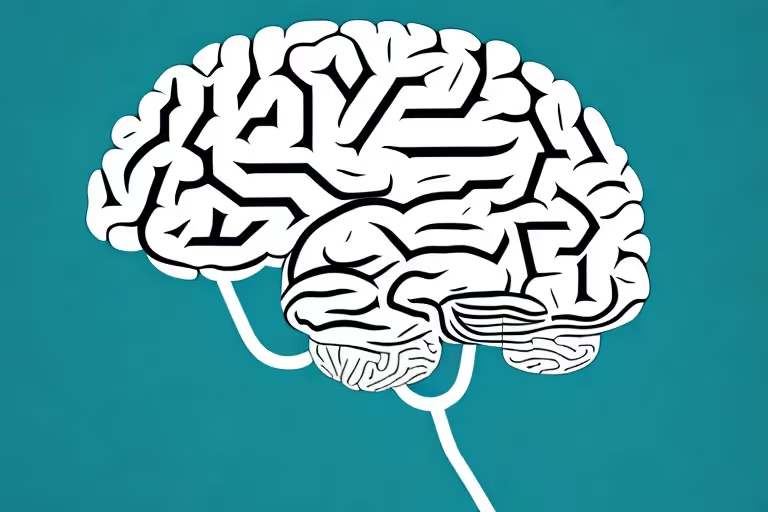Bones. We all have them, but how much do we really know about them? These silent sentinels hold so much more than just our physical structure. They hold the key to unlocking the secrets of our ancestors, offering us a glimpse into our past that can shape our present and future. So, let's delve into the fascinating world of bones and discover what they have to tell us.
The Intricate Structure of Bones
Have you ever stopped to marvel at the intricate design of our bones? These remarkable structures are not just solid and unchanging, but rather living and ever-evolving. They provide essential support for our bodies and protect our vital organs, but their role goes far beyond that.
Within each bone lies a complex network of blood vessels and cells that continuously remodel and regenerate the bone tissue. This dynamic process allows our bones to adapt to the stresses and strains we place on them, ensuring their strength and resilience.
But let's delve deeper into the fascinating world of bones and explore their role in human anatomy.
Aura has the world’s largest and best collection of Meditations and hundreds of Coaches to choose from.
Try it Free!
The Role of Bones in Human Anatomy
Bones serve as the architectural framework of our bodies, giving us our shape and enabling us to stand upright. They provide attachment points for muscles, allowing us to move and carry out various activities. Without bones, our bodies would be nothing more than a pile of tissues and organs.
But bones do more than provide structure. They also play a crucial role in mineral storage, housing essential minerals such as calcium and phosphorus. These minerals not only maintain the integrity of our bones but also regulate numerous bodily functions, including nerve transmission and muscle contraction.
Furthermore, bones are involved in the production of blood cells. Within the bone marrow, a soft tissue found in the center of certain bones, hematopoietic stem cells give rise to red blood cells, white blood cells, and platelets. These blood cells are vital for oxygen transport, immune response, and blood clotting, respectively.
Moreover, bones act as a reservoir for growth factors and hormones. They release these substances into the bloodstream when needed, contributing to the regulation of various physiological processes throughout the body.
The Evolution of Bone Structure Over Time
On the other hand, bones have not remained unchanged throughout human history. They have undergone a remarkable transformation, adapting to the demands of our ever-changing environment. By studying the bone structure of our ancestors, scientists can trace the evolutionary journey that has led us to where we are today.
Through the analysis of fossilized bones, researchers have discovered how our early ancestors adapted to their surroundings, developing skeletal features that allowed them to survive. From the robustness of Neanderthal bones to the graceful curves of modern human bones, each structure tells a story of adaptation and evolution.
For example, the robustness of Neanderthal bones reflects their physically demanding lifestyle, characterized by hunting large game and surviving harsh climates. In contrast, the lighter and more delicate bones of modern humans are indicative of our reliance on tools, technology, and cooperative social structures.
Furthermore, the study of bone structure provides insights into the health and well-being of past populations. By examining the prevalence of certain bone diseases and fractures, scientists can gain a deeper understanding of the challenges our ancestors faced and the impact of their environment on their skeletal health.
In conclusion, the intricate structure of bones is a testament to the remarkable capabilities of the human body. From providing support and protection to facilitating movement and regulating bodily functions, bones are truly remarkable. Their evolution over time reflects the adaptive nature of our species, while also offering valuable insights into our ancestors' lives. So, the next time you marvel at the strength and resilience of your bones, remember the fascinating journey they have taken throughout human history.
The Genetic Memory Stored in Bones
Did you know that our bones hold more than just physical characteristics? They also carry a hidden genetic memory that connects us to our ancestors in ways we never thought possible. It's as if our bones are a time capsule, preserving the secrets of our lineage.
Understanding Genetic Memory
Our DNA contains the blueprint of who we are, but it is not confined to our genes alone. Recent data shows that our bones also harbor fragments of genetic information, contributing to our unique identities. This genetic memory can shed light on our ancestral origins and the journeys our ancestors undertook.
How Bones Preserve Genetic Information
When our ancestors walked the earth, their bones absorbed information from their environment – from their diet to the pathogens they encountered. Over time, these memories became imprinted in the very structure of their bones. This unique preservation allows us to unravel the secrets of our past and gain insight into the lives of those who came before us.
Deciphering Ancestral Secrets from Bones
Unearthing the secrets of our ancestors is no easy task, but with modern scientific techniques, we can unlock valuable insights hidden within their bones. Through careful analysis and interpretation, researchers can paint a vivid picture of our ancestral roots, offering a glimpse into the lives of those who lived long before us.
Techniques Used in Bone Analysis
Scientists employ a range of techniques to analyze ancestral bones, including radiocarbon dating, stable isotope analysis, and ancient DNA sequencing. These cutting-edge methods allow them to determine the age of bones, reconstruct ancient diets, and even trace genetic lineages.
Insights Gained from Ancestral Bones
The information gleaned from ancestral bones is invaluable. It not only helps us understand the diets, health conditions, and lifestyles of our forebearers but also provides a broader perspective on human history. By piecing together the puzzle of our past, we can gain a deeper appreciation for the journeys that have shaped us.
The Connection Between Bones and Human History
Bones have an extraordinary ability to connect us to our past. They serve as windows to past civilizations, allowing us to glimpse into worlds long gone. The study of ancient bones has revolutionized our understanding of history, uncovering stories that were once lost to time.
Bones as a Window to Past Civilizations
Through the analysis of skeletal remains, archaeologists can reconstruct ancient societies, shedding light on their cultural practices, social structures, and even causes of death. From the mummies of ancient Egypt to the sacrificial victims of the Aztecs, bones provide tangible evidence of our human history.
How Bones Reflect Historical Events
Bones can also reveal the impact of historical events on our ancestors. They hold the scars of battles and diseases, telling stories of war, pandemics, and the struggle for survival. By examining the bones of those who came before us, we can honor their resilience and learn from the challenges they faced.
The Future of Bone Studies
As technology advances, so too does our ability to uncover the secrets of our ancestors. Exciting developments in bone analysis promise to deepen our understanding of human history and provide insights into our own health and well-being.
Technological Advances in Bone Analysis
New techniques, such as high-resolution imaging and isotopic analysis, are revolutionizing the field of bone studies. These technologies allow us to investigate bones at microscopic levels, providing unprecedented detail and information. They offer the potential to answer questions we never thought possible.
Potential Discoveries in Bone Research
With every new breakthrough in bone research, we open doors to new discoveries. Perhaps we will uncover ancient diseases that could provide insights into modern health conditions. Maybe we will find evidence of migrations and population movements that have shaped our world. The possibilities are endless, and the answers lie deep within our bones.
So, the next time you look at your own bones, take a moment to appreciate the stories they carry. They are not just calcium and phosphorus; they are a testament to our shared human journey. Let's embrace the knowledge they offer, and continue to explore the mysteries of our ancestors.
Are you fascinated by the secrets hidden within our bones? If so, you might find the Aura Health app interesting. This innovative app uses mindfulness and meditation techniques to promote well-being and a deeper connection to yourself and the world around you. By incorporating this practice into your life, you can embark on a journey of self-discovery and inner peace, all while exploring the wonders of our ancestral past.
Aura is Your All In One App for Meditation, Mindfulness Wellbeing
Find peace every day with one app for your whole well-being. There is no one-size-fits-all solution to mental well-being. Aura is the first all-in-one wellness app that learns how to best help you. Discover an endless library of expert-created tracks for your well-being, all taught by the world’s best coaches, therapists, and storytellers. With Aura's personalized recommendations, you can find peace every morning, day and night.



.webp)





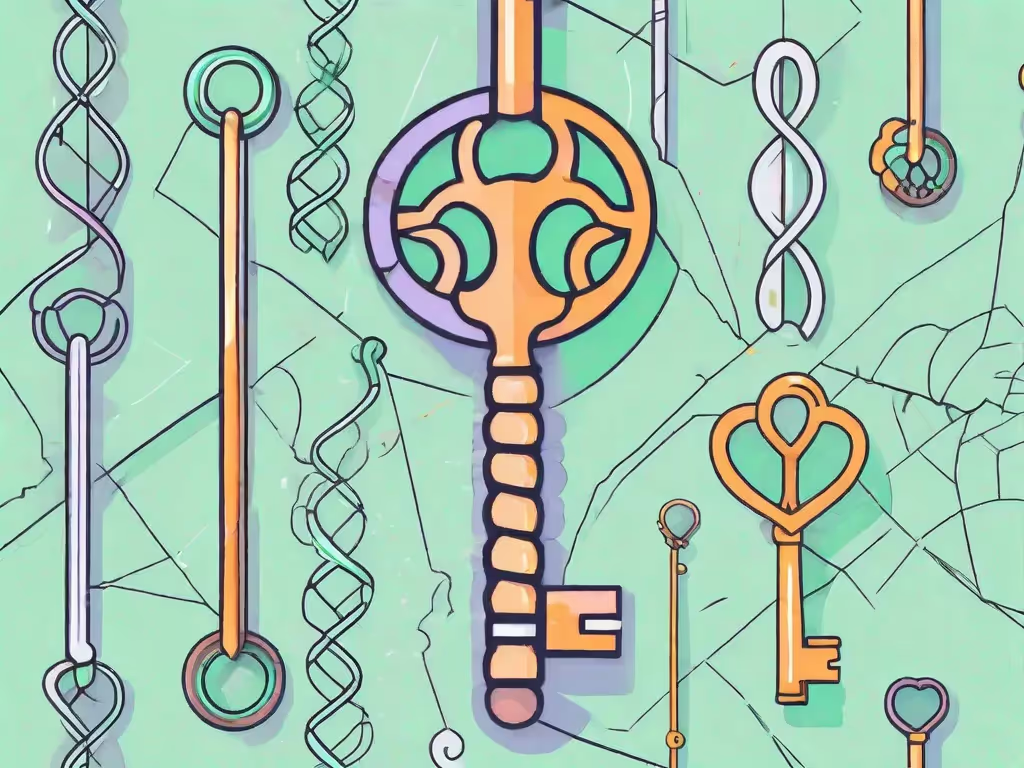
.avif)

%20(1).avif)


.avif)
.avif)
.webp)


.avif)


















































































































.avif)

















.svg)

